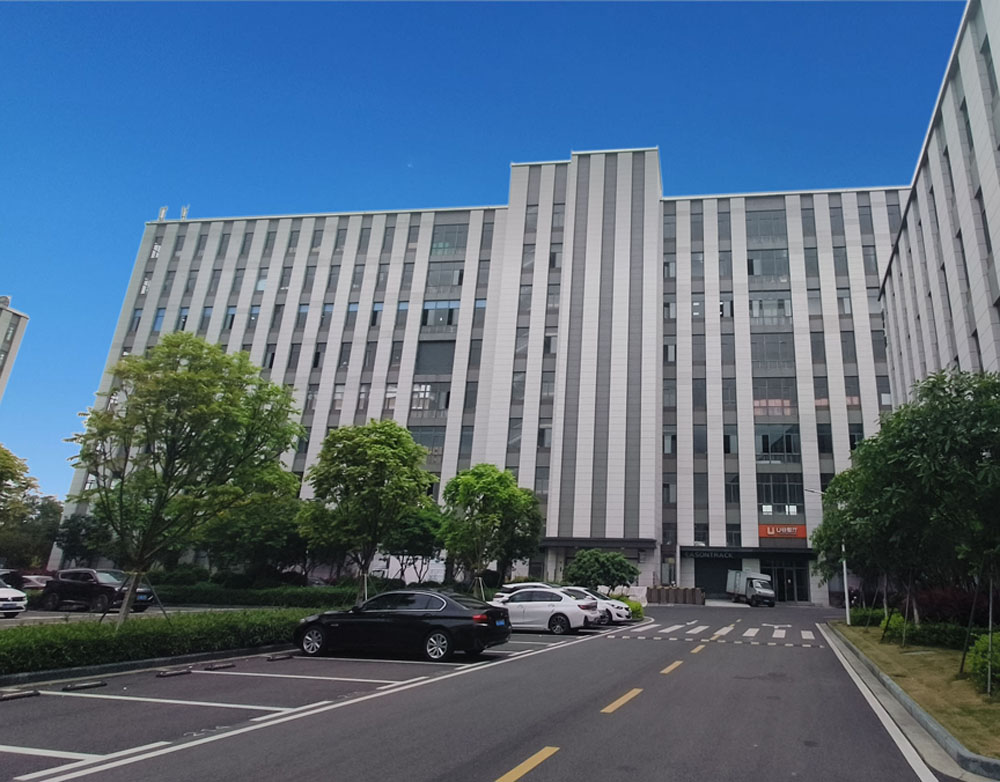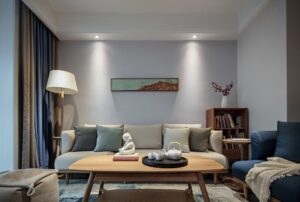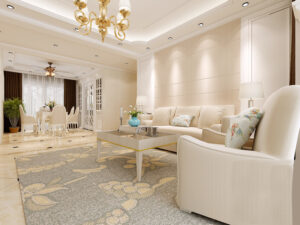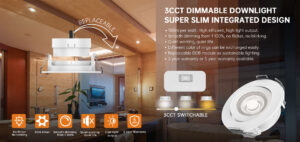The world of LED downlight design is continuously evolving, driven by advancements in technology, changing consumer preferences, and a growing focus on sustainability. As we navigate through 2025, several key trends are emerging that reflect these shifts. Here’s a closer look at the latest trends shaping LED downlight design:
Bio-Based Plastics
Sustainable lighting
Manufacturers are increasingly adopting bio-based plastics sourced from renewable materials. These innovative materials not only help decrease dependence on fossil fuels but also minimize the carbon emissions linked to their production. Designed with recyclability in mind, bio-based plastics support the principles of a circular economy and enhance sustainability in lighting solutions like downlight.
Recyclable Metals
Recycable economy
Aluminum and other recyclable metals are becoming more prominent in the construction of LED downlights. These materials are both lightweight and durable, facilitating efficient heat dissipation, which contributes to the extended lifespan of LED systems. Utilizing recyclable metals fosters environmentally friendly practices by ensuring that components can be repurposed at the end of their life cycle.
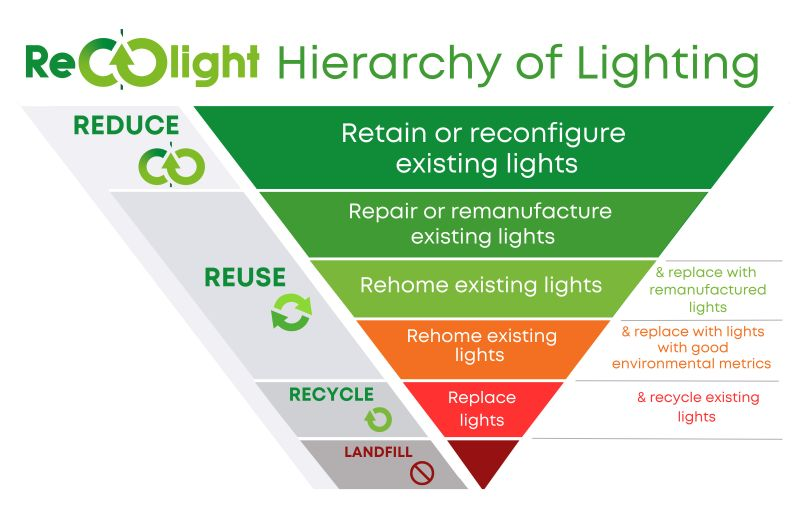
Smart Technology Integration
Control at Your Fingertips
Smart technology is revolutionizing how we interact with lighting in our homes and workplaces. Today’s LED downlights can be seamlessly integrated into smart home ecosystems, allowing users to control them via smartphone apps or voice-activated devices like Amazon Alexa and Google Home.
- Features: Users can adjust brightness levels, change color temperatures, and set schedules for when lights turn on or off. Some systems even allow for geofencing, where lights automatically adjust based on your location.
- Benefits: This level of control enhances convenience and personalization, enabling homeowners to create the perfect ambiance for any occasion, from vibrant gatherings to cozy evenings.
Energy Efficiency and Sustainability
A Greener Choice
With increasing awareness about environmental issues, energy efficiency remains a top priority in lighting design. Modern LED downlights are designed to consume significantly less energy—up to 80% less than traditional incandescent bulbs.
- Long Lifespan: LEDs typically last between 25,000 to 50,000 hours, which means fewer replacements and less waste.
- Sustainable Materials: Many manufacturers are now focusing on sustainable materials in their products, further reducing the environmental impact.
- Impact on Bills: This shift not only reduces electricity bills but also contributes to a lower carbon footprint, appealing to eco-conscious consumer
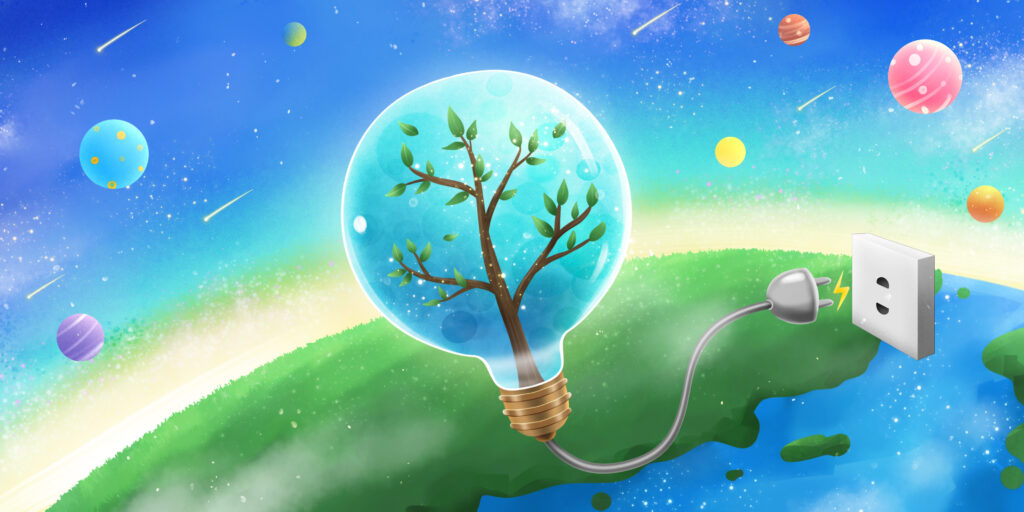
Minimalist and Compact Designs
Sleek Aesthetics
The trend towards minimalism is evident in the design of modern LED downlights. Compact fixtures that blend seamlessly into ceilings are becoming increasingly popular.
- Quiet Ceilings: The concept of “quiet ceilings” emphasizes small aperture fixtures that provide unobtrusive illumination while maintaining clean lines.
- Versatility: These minimalist designs can complement various interior styles—from contemporary to traditional—making them versatile choices for both residential and commercial spaces.
- Space Efficiency: Small downlights allow for more creative ceiling designs without overwhelming the space, making them ideal for apartments or smaller rooms.
Human-Centric Lighting
Enhancing Well-Being
Human-centric lighting (HCL) is gaining traction as a way to improve well-being through lighting that mimics natural daylight patterns. This approach recognizes the profound impact lighting has on mood, productivity, and overall health.
- Dynamic Adjustments: HCL systems can adjust light intensity and color throughout the day to align with natural circadian rhythms. For example, cooler light in the morning can help boost alertness, while warmer tones in the evening promote relaxation.
- Applications: This trend is particularly beneficial in workplaces, schools, and healthcare facilities where well-being is paramount. Research indicates that proper lighting can enhance focus and reduce fatigue.
- Consumer Awareness: As people become more aware of the psychological effects of lighting, HCL is increasingly being integrated into residential designs as well.
Advanced Dimming Capabilities
Flicker-Free Experience
Dimming technology has come a long way since the early days of LED lighting. Modern dimmable LED downlights now feature advanced dimming capabilities that provide smooth transitions without flickering or lagging.
- Types of Dimming: Options include phase-cut dimming (leading edge and trailing edge), which allows compatibility with various dimmer switches.
- User Experience: This improvement enables users to create tailored environments for different activities—whether it’s a vibrant gathering or a tranquil evening at home—enhancing both comfort and functionality.
- Energy Savings: Dimming not only creates ambiance but also reduces energy consumption further when lights are used at lower levels.
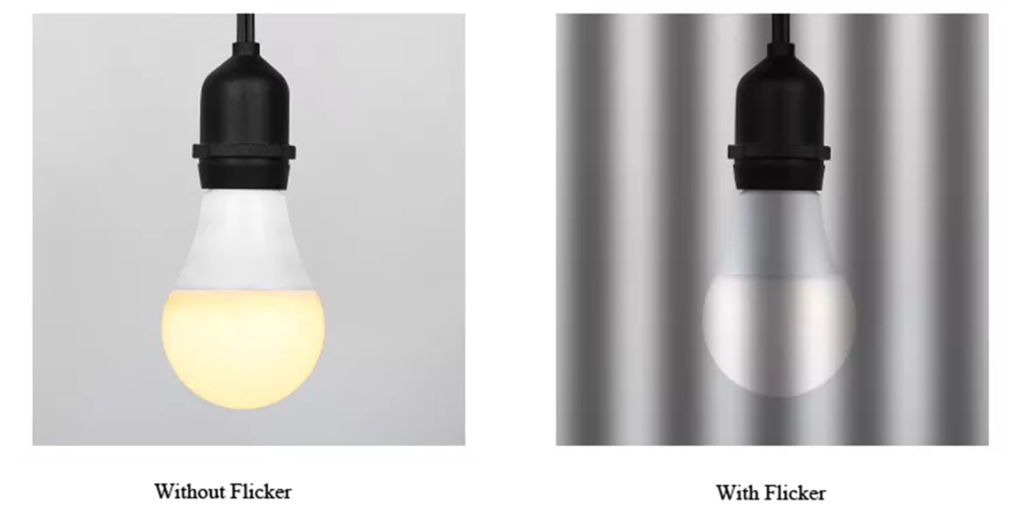
Versatile Color Options
Dynamic Ambiance
The introduction of RGB (Red, Green, Blue) and tunable white LEDs allows for dynamic color options that can be adjusted based on mood or occasion.
- Customization: Users can select from millions of colors or adjust white light from warm to cool tones to suit their needs.
- Seasonal Themes: These versatile downlight can change colors to match seasonal themes or personal preferences, making them ideal for restaurants, event spaces, and homes looking to create unique atmospheres.
- Event Lighting: For special occasions like parties or holidays, RGB downlights can be programmed to shift colors in sync with music or events, enhancing the overall experience.
Increased Focus on Aesthetics
Design Meets Functionality
As consumers become more discerning about aesthetics in their living spaces, manufacturers are responding by creating downlights that are not only functional but also visually appealing.
- Stylish Finishes: Options now include various finishes such as matte black, brushed nickel, and even gold accents that can complement different interior styles.
- Architectural Integration: Many designs are being created with architectural elements in mind—fixtures that enhance the overall look of a room rather than detract from it.
- Artistic Shapes: Beyond traditional circular designs, innovative shapes such as squares or custom geometries are emerging as popular choices for modern interiors.
Radians LED Downlight Design
Radians is a leading manufacturer specializing in the design and production of lighting fixtures. Our team consists of experienced engineers dedicated to LED Downlight Design.
We pride ourselves on our commitment to innovation and customization across a wide range of indoor lighting solutions, including track lights and panel lights. Our tailored services cater specifically to our dealers, encompassing everything from product design and exclusive sales policies to laboratory testing, certification, and final delivery—ensuring our clients receive precisely what they need.
Located in Foshan City, Radians operates a state-of-the-art manufacturing facility focused on innovation while prioritizing quality control, efficiency, and sustainable practices. We recognize the importance of meeting client expectations and consistently delivering exceptional results. Our research and development team collaborates closely with clients to create advanced products that meet unique specifications, providing comprehensive support throughout the entire project lifecycle.
Conclusion
As we progress through 2025, the trends in LED downlight design reflect a broader shift towards smarter, more efficient, and aesthetically pleasing lighting solutions. From smart technology integration to minimalist designs and human-centric approaches, these advancements are set to transform how we illuminate our spaces while prioritizing sustainability and well-being.
Incorporating these latest trends into your lighting strategy not only enhances your home or business environment but also contributes positively to energy conservation efforts and modern design aesthetics. By staying informed about these developments, you can make lighting choices that elevate your space while aligning with contemporary values and technological advancements.

